Where do we read? On the phone!
What do we read? Specific recommendations!
How much do we read? An hour per day!
How do we read? Together <3
On the occasion of the conference Urgent Publishing: New Strategies in Post-Truth Times, the Institute for Network Cultures set up the Urgent Publishing Survey. In this report, I draw some lessons on present-day reading habits and the urgency of experimental publishing from the combined answers of 68 respondents.
Reading Habits
Where do people find their content nowadays? Unsurprisingly, almost 90% of these people read content recommended to them by acquaintances. More interestingly, respondents make much more use of specialized websites (review blogs, discussion forums, publishers’ websites, etc.) (82%) and digital newsletters (65%) than of social media to find content (23-34%). It seems important for publishers to reach out to those specialized websites and keep up the regularity of their newsletters.
Which channels and media do you use to find content?
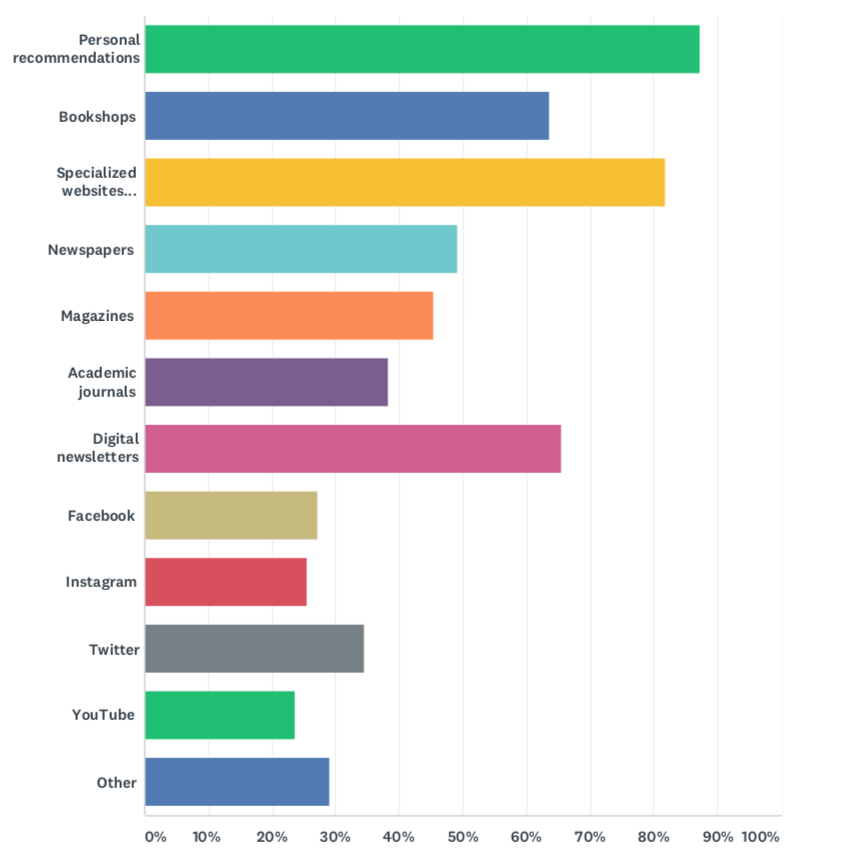
When interesting content is identified, it is likely to be purchased. But how? Slightly more people still buy from physical bookshops (85%) than from web shops (83%). This percentage of people buying from bookshops is higher than the percentage of people finding content in bookshops (63%), which suggests that some merely go there to buy the books they already know they want. The lesson for publishers would be to make sure that content can be bought in both web shops and bookshops but found through other channels as well.
Where do you buy content?

The respondents read quite a lot on average: somewhere between thirty minutes and an hour per day. They do this reading digitally, on all sorts of devices: more than 80% also use computers and more than 60% read from their phones. But they keep reading print too (over 90%). Moreover, they keep reading proper print books more than periodicals or newspapers. It really seems like there is no opposition between print and for instance phone reading: both are very much alive and should be accommodated for by publishers.
Which medium or device do you use to read?

Urgent Experiments
The Urgent Publishing Survey asked people to rate a series of positioning, reading and distribution tools between one star (very negative) and five stars (very positive), to see which types of experimental tools or publications are appreciated most and should be pursued (or which should not). While some results were to be expected, others were interesting surprises.
Contrary to the intuition of many publishing professionals, the public is not so thrilled by the possibilities of video to enhance reading experiences. The respondents reacted quite negatively to the idea of watching video reviews (2.52), cultural vlogs (2.60), or animations of the content of publications (2.19). This negative sentiment towards video seems to be part of a general skepticism towards experience enhancement through new technology. People don’t necessarily want to join online classroom environments like MOOCs (2.11) or chat with other readers of their favorite outlets and publishers in digital group chats (2.59). The idea of a platform where readers can join in collective multi-voiced writing (2.89) is judged a bit more positively, but still not considered great. The worst reactions were given to the promises of algorithmic technologies for readers. Ratings from peers on Google, Amazon and Goodreads (2.52) are not too popular. Statistics on publications such as by AltMetrics were rated with 1.58 stars on average, the lowest score in the entire survey. So, while publishing could be a bit more open to participatory content creation, it should not grow dependent upon the public to generate content or lean too much on reading enhancement technology.
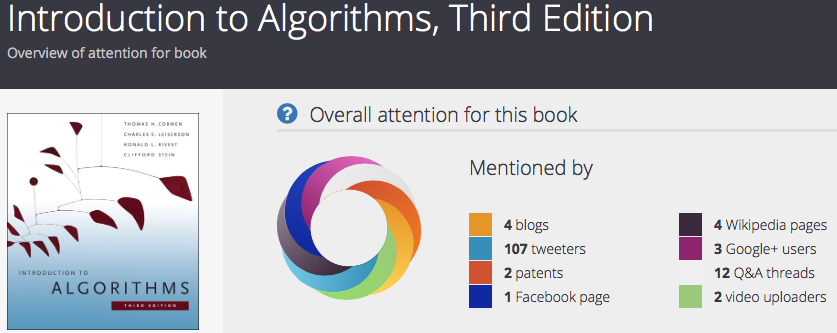
The AltMetrics of a book on algorithms.
The respondents were more positive about traditional formats. Q&As with authors (3.17), moderated discussion nights with specialists (3.43) and real-life reading groups (3.24) are in sway. Also, careful curation of content is welcomed. There is appreciation for the ideas of curated #Syllabi (3.37), such as #BlackLivesMatterSyllabus and #LemonadeSyllabus, and of an aggregate publishing website for culture and the arts (3.57), which offers a well-reasoned collection of content. In a time beyond truth (or, more precisely, in a time of too many competing truths), the promise of quality implied in curation, authorship, face-to-face communication, and specialism seems to gain rather than to lose attraction. New publishing strategies have to take into account this need.
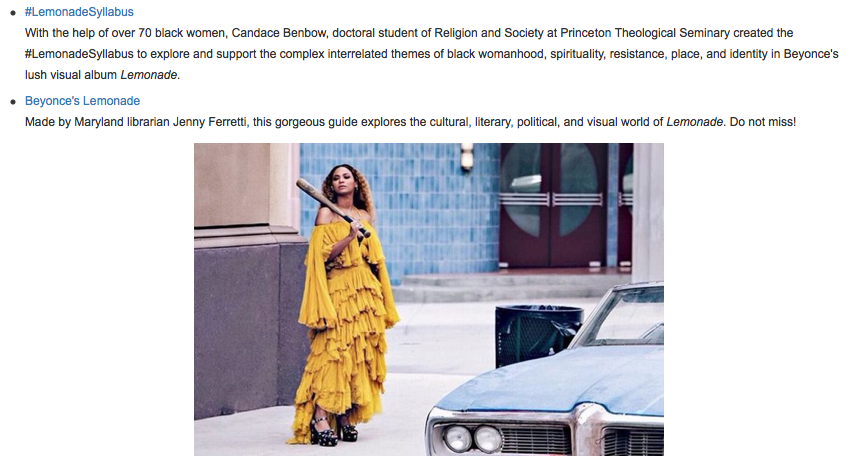
The #LemonadeSyllabus.
Furthermore, the readership expresses great interest in reading longer (digital) texts such as longforms and longreads (3.85), which contradicts popular belief that the average attention span for digital/online reading is very short. Another sentiment which is refuted is that all content in the digital era should be fast and very topical. In fact, the responses to content with no direct relation to current events, such as archives of journals and websites, historical books, and interview collections (3.91) are very positive. These readers invest up to around an hour per day in reading and would like to get something back from that. In-depth analysis beyond the hype of the day is not something to fear, but to embrace.
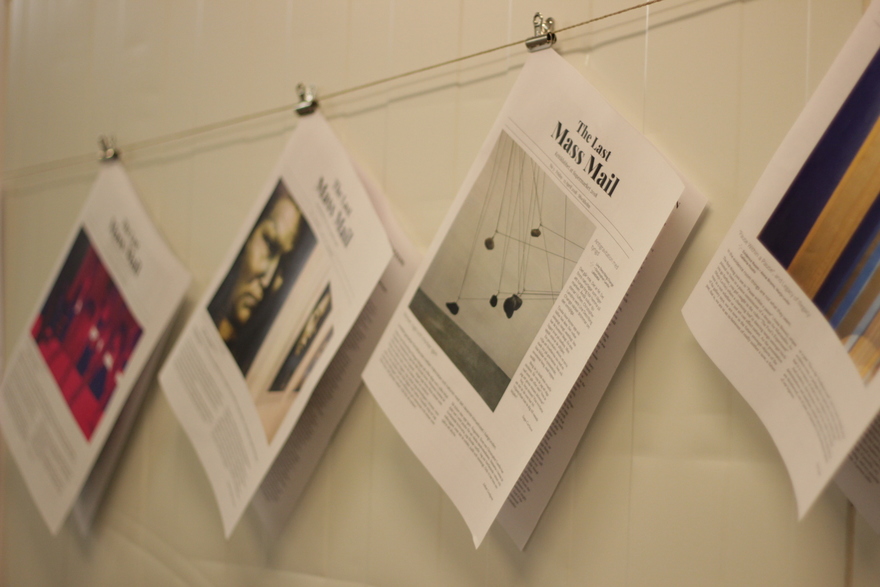
Publishing as event: The Last Mass Mail.
If the image that arises now is one of techno-skepticism, that is not entirely representative. The results show that experiment is appreciated, especially in print. The reactions to an embrace of non-linearity in publications are positive (3.34). The same goes for post-author publications (publications to which the author is no longer relevant), such as collaborative writings and memes (3.50). The respondents also applaud experiments with republishing up-dated versions of older content (3.49) that has become topical once again. Visual essays (3.51) are of interest to them, as is the idea of publishing as event (3.45): collectively making publications at events like festivals, where the difference between reading and writing is blurred. One experiment in particular is met with overwhelming positivity. The publication of academic zines, meaning high-quality, high-speed, cheap print publications, gets an average rating of 3.96, the highest in the entire survey.
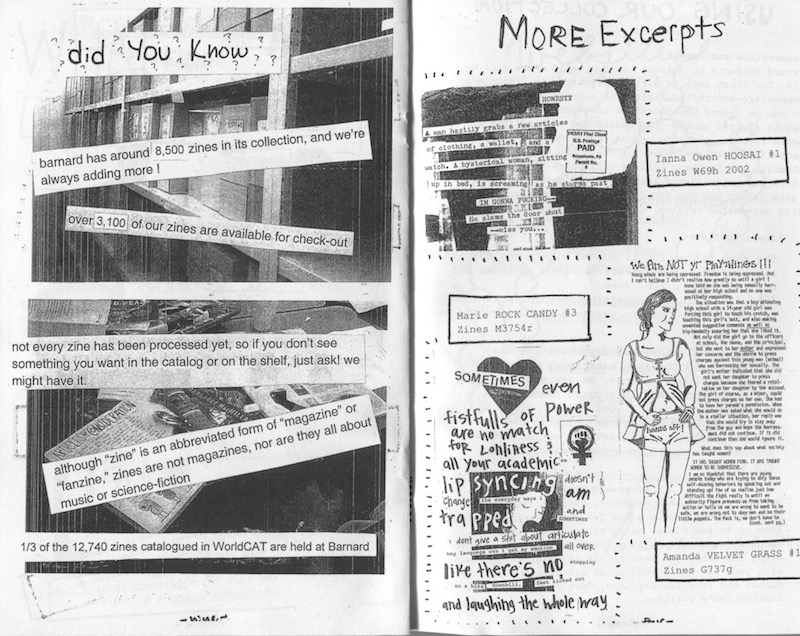
An academic zine promoting the Barnard Zine Library.
Conclusions
The INC draws conclusions directly based on the lessons from the Urgent Publishing Survey. We plan to publish the conference proceedings of Urgent Publishing as an academic zine that takes between 30 and 60 minutes to read. There will be print and mobile-friendly versions. We recognize the urgency to develop an aggregate publishing platform website for culture, arts, and discourse, and we hope to be able to distribute the zine through this website as well as in bookshops.


